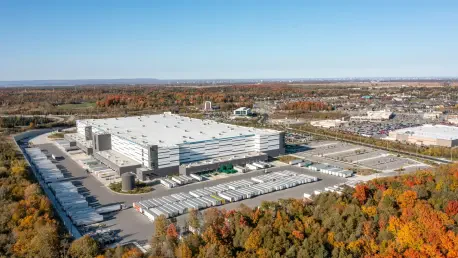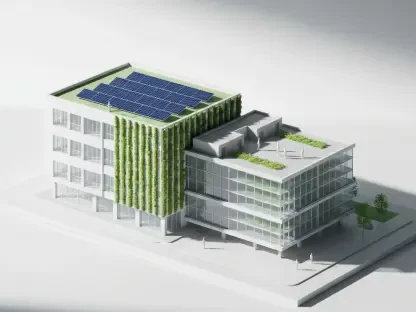Recent developments in industrial real estate within Orlando illustrate a compelling landscape for investment opportunities that have piqued the interest of investors and analysts alike. The acquisition of a substantial cross-dock facility, Building 5 at Mid Florida Logistics Park in Apopka, represents the strategic moves made to capitalize on the burgeoning potential within this market. Valued at $31.8 million, the deal highlights the drive to secure properties with intrinsic logistics capacities. Situated in the Northwest Orlando submarket, the building benefits from proximity to major transport arteries such as U.S. routes 429, 441, and Interstate 4, all of which bolster its appeal. Moreover, the acquisition deal entailed $15.9 million in financing secured from United of Omaha Life Insurance Co., demonstrating the market’s favorable financial climate for industrial assets.
Strategic Market Dynamics
The industrial real estate market in Orlando showcases dynamic trends that attract significant investments. Recently built in 2021, the facility caters to a growing demand fueled largely by expansions in e-commerce and logistics industries. With all its square footage leased to Kramer America, a major player in automotive parts manufacturing and distribution, the property’s stable tenancy underscores a compelling case for solid returns. This trend aligns with the industry’s overall momentum, as more investors recognize the high demand and stable returns associated with industrial spaces, particularly as these areas support the supply chain backbone. Furthermore, participation from noteworthy entities such as JLL and the involvement of senior executives like Luis Castillo in sale negotiations further affirm the market’s vibrant activity and prospective potential. The area’s decreasing vacancy rates and increasing absorption levels reflect a balance in supply and demand, contributing to market stabilization.
Equilibrium and Future Prospects
Orlando’s industrial market remains stable, bolstered by slower construction rates and consistent demand, indicating a strong equilibrium phase. Recent evaluations highlight an industrial vacancy rate near 7%, with notable net absorption. The region’s leasing environment is thriving, presenting a nurturing investment landscape and encouraging careful long-term strategies. The Mid Florida Logistics Park, with its active rail access, seamlessly integrates into Orlando’s logistics, reinforcing its role in transportation and distribution networks. This reinforces the park’s importance in those areas. Looking ahead, these conditions create an arena ripe for investment, as strategic investors align themselves with the favorable market. This balance of market dynamics and infrastructure makes Orlando’s industrial real estate appealing. With a harmony of supply, demand, and infrastructure, the region emerges as a promising hub for future growth opportunities, urging investors to include Orlando in their portfolios for sustainable growth and reliable returns.









